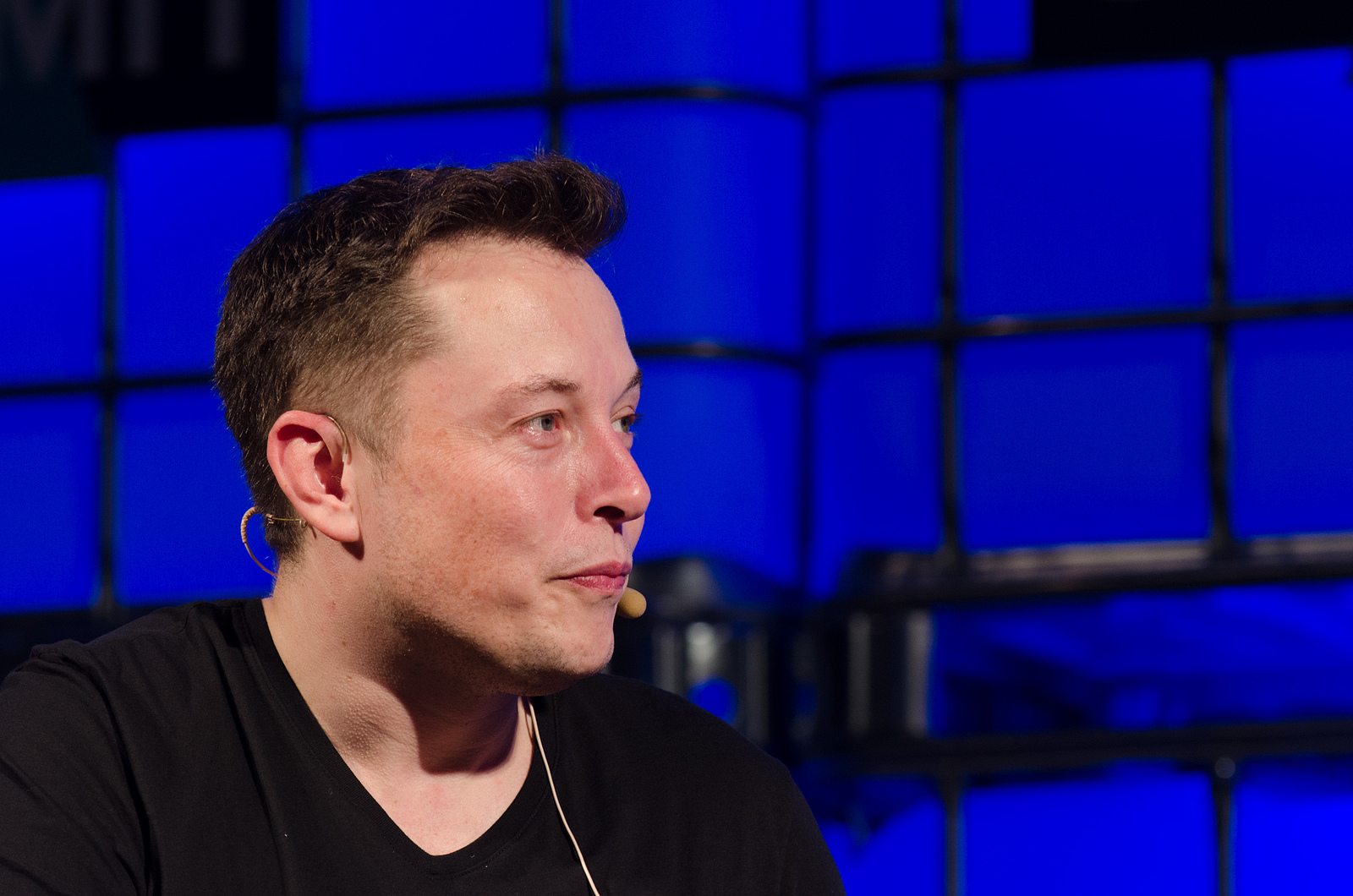Views expressed in opinion columns are the authors’ own.
Elon Musk is a hero befitting the 21st century: an unapologetic capitalist promising to single-handedly bring about a utopian future. He supports that identity with an ingenious media strategy, supplementing his promises of Martian colonies and brain-enhancing implants with a generous dose of absurdity. The man who wants to take humanity beyond Earth is equally well-known for shooting his car into space and selling flamethrowers. He has also decided he wants to fix mass transit.
Musk recently revealed a map of a proposed high-speed underground transit route between Baltimore and Washington, D.C., part of a planned larger system connecting D.C. and New York. While Musk’s resume may read more like that of a cartoon supervillain than a mass transit expert, it’s worth taking his proposal seriously. The future of mass transit stands to be determined by a billionaire who shot his car into space for a laugh.
Fundamentally, much-hyped Hyperloop systems, like the one Musk proposes to connect New York and D.C., could be a transportation revolution. A NASA analysis found Hyperloop would be both a faster and cheaper alternative to other short-haul transportation options. Analyses by the Department of Transportation and Helmut Schmidt University determined that it would be more efficient and environmentally friendly than air travel and trucks.
However, Hyperloop’s success will depend on its implementation. Musk’s vision for the Baltimore-D.C. route is ambitious. The plan calls for nearly the entire system to be built 30 feet underground, deep enough that the construction process and resulting vibrations would be imperceptible. Passengers are to be transported on “electric skates” moving at speeds up to 150 mph, and each skate would carry a maximum of only 16 people.
Musk’s construction firm, The Boring Co., claims that the entire project could be accomplished in between 12 and 20 months. His confidence that he can entirely upend transit between D.C. and Baltimore in such a short period calls for careful scrutiny.
It’s clear Musk’s business interests may not line up with the typical public transit user. Mass transit is rarely profitable, and it’s conceivable that a 15-minute route from D.C. to Baltimore could make more money by prioritizing wealthy passengers willing to pay extra for the quick travel time.
As of now, The Boring Co. claims fares will be comparable to or lower than those of public transportation. But the project has yet to even break ground, so it’s hard to take that claim entirely seriously. Musk’s personal attitude toward mass transit indicates that his privately funded version might not be as egalitarian as advertised.
Despite their many shortcomings, current public transit systems are excellent at transporting large numbers of people efficiently. But it’s not clear that’s what Musk wants from his transit systems. At a Tesla event in December, he criticized public transit on-stage, asking, “Why do you want to get on something with a lot of other people, that doesn’t leave where you want it to leave, doesn’t start where you want it to start, doesn’t end where you want it to end? And it doesn’t go all the time.”
Musk’s criticisms seem to contradict the core principles of public transit. They suggest he wants a system that’s more convenient for him — not a system that’s useful to many — and signal a contradictory concept of mass transit, presumably favoring those with the means to pay for individualized treatment. The future of mass transit, according to Musk, is nonsense.
Nate Rogers is a freshman physics major. He can be reached at nrogers2@terpmail.umd.edu.



